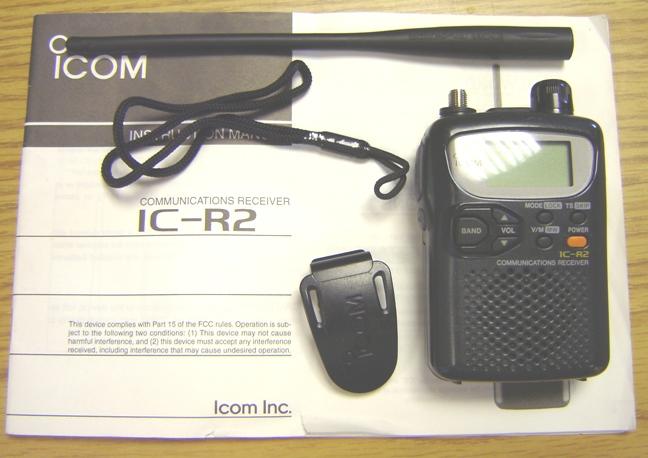

Furthermore, this receiver system was mounted on the OPU 1.85-m radio telescope in NAOJ’s Nobeyama Radio Observatory, and succeeded in capturing radio waves from actual celestial objects. By combining these components into a receiver system, the team has achieved a range of simultaneously detectable frequencies several times larger than before. In this new research, the team of researchers in Osaka Prefecture University (OPU) and the National Astronomical Observatory of Japan (NAOJ) has widened the bandwidth of various components, such as the horn that brings radio waves into the receiver, the waveguide (metal tube) circuit that propagates the radio waves, and the radio frequency converter. This is due to the characteristics of the components that make up a radio receiver. In general, the range of radio frequencies that can be observed simultaneously by a radio telescope is very limited. This has been the motivation driving the development of a wideband receiving system. By observing these radio waves, we can learn about the physical properties and chemical composition of interstellar molecular clouds.

Each type of molecule emits radio waves at characteristic frequencies and astronomers have detected emissions from various molecules over a wide range of frequencies. Interstellar molecular clouds of gas and dust provide the material for stars and planets. This is expected to enable significant progresses in the study of the evolution of the Universe and the mechanisms of star and planet formation. The receiver is capable of capturing radio waves at frequencies over a range several times wider than conventional ones, and can detect radio waves emitted by many types of molecules in space at once. Researchers have used the latest wireless technology to develop a new radio receiver for astronomy. (Credit: Osaka Prefecture University/NAOJ) J| Science Distribution of CO isotopologues in the Orion molecular cloud observed simultaneously with the newly developed broadband receiver. New Radio Receiver Opens Wider Window to Radio Universe


 0 kommentar(er)
0 kommentar(er)
